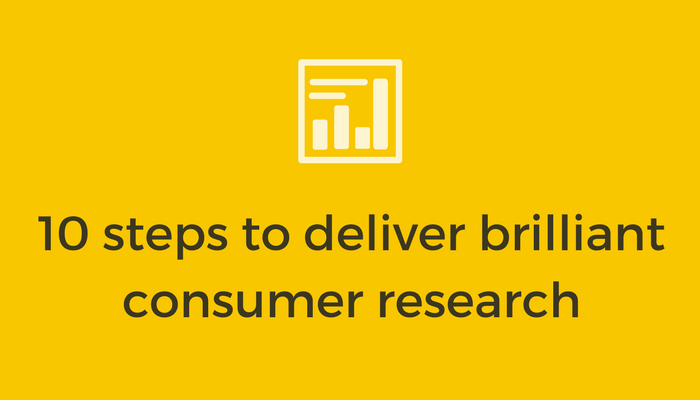
Using primary research to convince your customer that there is a need for your products is not a new phenomenon, but we’d like to share our experience of managing two really interesting research projects over the past few months. Two different companies with very different product offerings but coincidentally, both having the same objective of securing a lucrative deal with one of the UK’s leading motoring retailers.
Both clients came to us with a clear brief:
- Give us strong evidence that the target audience for our product is a perfect match with the prospective retailer’s customer base.
- Prove that our brand would be well received within that particular retail outlet, there is a demand within their target market, and a gap to be filled in the category.
To gather a necessary level of in-depth audience insight, an extensive consumer research project was scoped, planned and executed for each company.
So, how did we approach it?
A combination of qualitative and quantitative research.
To gain a good understanding of brand perception, barriers to purchase, response to product features and likelihood to buy - one brief meant in-store interviews was the most appropriate approach (as the shopping experience was a key factor) and for the other; a series of focus groups was required (as exploring the product packaging, features and application was a key discussion point).
To ensure a smooth and successful research project delivery, we followed this 10-step process:
1. Get to know the company, the market and the product
To achieve this, we carried out comprehensive briefing meetings, store visits and extensive desk research to understand the market sector, the opportunity and the competition. We also familiarised ourselves with the product features.
2. Define the specific research objectives
Ultimately, what specific questions must the research answer? This is the most crucial part of the whole process. Get this bit wrong and your sample composition is likely to be inaccurate and the questionnaire design misinformed. It’s an expensive mistake to ask misdirected questions or miss crucial bits of valuable information.


3. Agree the timing schedule
Work backwards from when the findings need to be presented (internally and/or externally) allowing more time than you think to digest and visually present the findings for the final audience.
4. Agree the sample size and composition
Working with the client and our research partner, based on the profile of the target audience, we identified the appropriate split of male/female respondents, the weighting of age groups, the required socio-economic status and relevant geographical locations, as well as setting a reasonable completion time for the online survey.
5. Take time designing the questionnaire
Our experienced research partner was invaluable here in structuring all the questionnaires, group sessions and face-to-face interviews with direction from us and the client to extract the specific insights we required within the allotted time.

6. Agree what the visual stimulus will be and take time developing it
What will be the best visual or physical prop to aid discussion? In the case of these two projects it was a combination of product samples, sample POS, test advertising straplines and imagery that presented the product alongside its competition.
7. Attend the fieldwork sessions
We stayed close to the results as they came in and were able to give the client an indication of what the research was uncovering ahead of the final presentation.
8. Present the findings in person
Always try to present findings in an informal face-to-face meeting if possible and allow enough time for questions and discussion.


9. Add value to the write-up
As a specialist in marketing communications, Access were integral to helping our clients pull their presentation slide deck together, both structurally and visually. As we understood exactly what they wanted to achieve from the presentation, we spent time working on re-framing the research findings into compelling audience insights and clearly demonstrated how the customer feedback underpinned the product/brand proposition to the retailer.
10. Use the insights to feed into creativity
After having done extensive research into the retailer, their audience and their business strategy, we were aware that seasonal digital marketing campaign ideas to show how our client could actively promote their in-store presence at key times of year that would resonate with buyers and we were right - they were extremely positive about that addition to the pitch.
The outcome
One client went on to have an extremely successful pitch meeting with the retailer, which is very close to resulting in a significant seven-figure deal that they believe is testament to our thorough audience insight.
The other client is currently developing a new product iteration inspired by the audience feedback, and the proposition of which looks set to successfully meet customer preferences while challenging the threats of competing products from both a price and features point of view.
Take time and a little budget to get your audience insight right and you could save yourself millions in the process.
Follow us for even more insights!
Want even more insights into consumer research? You can find us on Twitter, Instagram, Facebook and LinkedIn.









